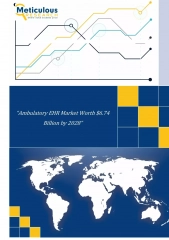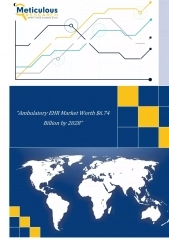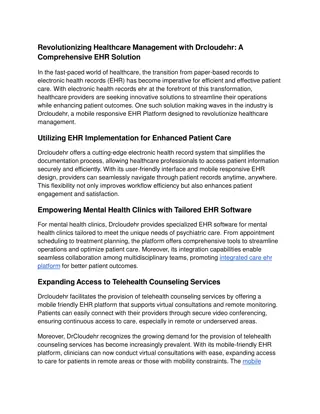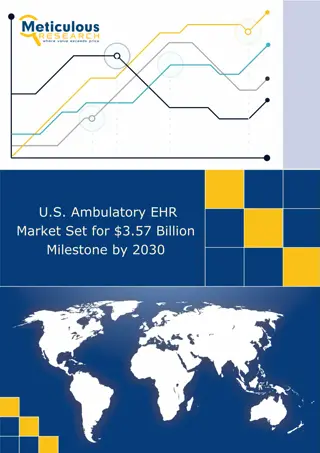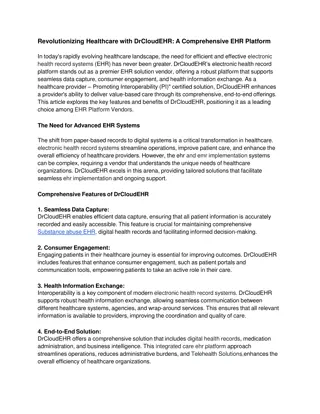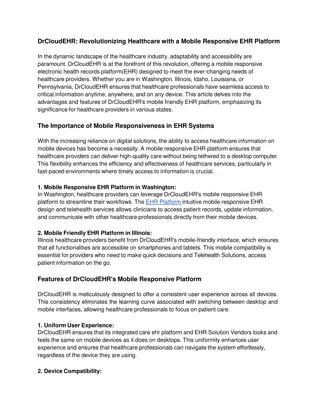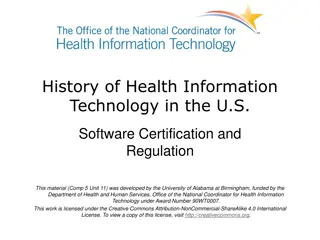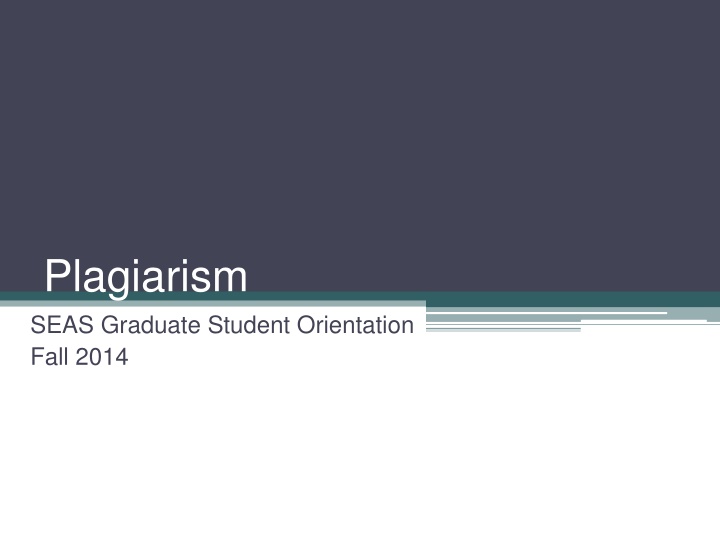
Plagiarism: Tips and Guidelines for Proper Citation
Learn how to avoid plagiarism by understanding its definition and importance of citing sources. Fully acknowledging sources not only prevents plagiarism but also establishes credibility and authority in academic writing. Discover the reasons for citing sources and different types of plagiarism to uphold intellectual honesty.
Download Presentation

Please find below an Image/Link to download the presentation.
The content on the website is provided AS IS for your information and personal use only. It may not be sold, licensed, or shared on other websites without obtaining consent from the author. If you encounter any issues during the download, it is possible that the publisher has removed the file from their server.
You are allowed to download the files provided on this website for personal or commercial use, subject to the condition that they are used lawfully. All files are the property of their respective owners.
The content on the website is provided AS IS for your information and personal use only. It may not be sold, licensed, or shared on other websites without obtaining consent from the author.
E N D
Presentation Transcript
Plagiarism SEAS Graduate Student Orientation Fall 2014
Plagiarism Quiz http://bit.ly/14E8kJs
Columbia Plagiarism Definition Plagiarism is the use of words, phrases, or ideas belonging to another, without properly citing or acknowledging the source. Source: Columbia College. (n.d.). College and University Policies. Retrieved from http://www.college.columbia.edu/bulletin/universitypolicies.php
How to Avoid Plagiarism Do your own work Be organized (cite your sources) Keep track of which ideas and phrases come from which source Use online tools like Zotero, Mendeley or Endnote to help keep track of your sources Ask for Help
How to Avoid Plagiarism http://www.youtube.com/watch?v=2q0NlWcTq1Y
Fully acknowledging your sources not only avoids plagiarism but also enables you to: Distinguish your original ideas while demonstrating your understanding of the existing literature Support your ideas and show how your work connects to and continues the work that has gone before Lay claim to credibility and authority for your work and your place in the intellectual community Enable your readers to understand more about your interpretation of the sources Enable your readers to learn more by consulting your sources Source: Columbia College. (n.d.). Plagiarism. Retrieved from: http://www.college.columbia.edu/academics/integrity/dishonesty/plagiarism
Why Cite? By citing sources you uphold intellectual honesty and avoid plagiarism Helps organize and track your research process Allows others to verify your sources Acknowledges the original source, gives credit where credit is due Enables citation analysis (aka citation metrics)
10 Types of Plagiarism http://www.plagiarism.org/resources/webcasts/
Citations A Citation is a reference to a published or unpublished source. Citations come in a variety of formats, there are many accepted citations systems (MLA, APA, Chicago, etc.) Guides to these citation systems can be found in print or online (Owl at Purdue: http://owl.english.purdue.edu/owl/resource/560/01/ ) Parts of a Citation Source: Bellevue University. (n.d.). Part of a citation. Retrieved from: http://library.bellevue.edu/buildit/4_parts_of_a_citation.html
When to Document Sources When using any external sources in your work Anything which is not your OWN original thought Facts that are not common knowledge Direct & Indirect Citations: Both require proper documentation. Quotations, in particular, must be enclosed within quotation marks or set off in a block quote. Source: Euclid8 Design. (n.d.). Plagiarism. Retrieved from: http://plagiarism.arts.cornell.edu/tutorial/logistics6.cfm
Direct Citations Where you quote a source directly, word for word Where you reproduce source material without alteration (e.g. diagrams, charts, other audio- visual material) Source: Euclid8 Design. (n.d.). Plagiarism. Retrieved from: http://plagiarism.arts.cornell.edu/tutorial/logistics6.cfm
Indirect Citations Where you reproduce part or all of someone else s idea in your own words (commonly known as paraphrasing) Where you use or summarize someone else s research Where you use facts or data that are not common knowledge Where you reproduce source material in slightly altered form while retaining the main idea or structure Source: Euclid8 Design. (n.d.). Plagiarism. Retrieved from: http://plagiarism.arts.cornell.edu/tutorial/logistics6.cfm
Paraphrasing Tips Rewrite it using your own words Rewrite it using your own sentence structure Quote distinctive words or phrases taken from the original source Accurately represent the author Always cite the source of your information Source: Caravello, P. Avoiding plagiarism: Strategies & resources. Presentation
Citation Software Endnote (Library subscribes) Mendeley (free) Zotero (free) Papers (mac) Citation Generators: EasyBib Citation Machine
Summary Avoid Plagiarizing Cite your sources Direct Indirect (paraphrase) Use Citation Management Software


